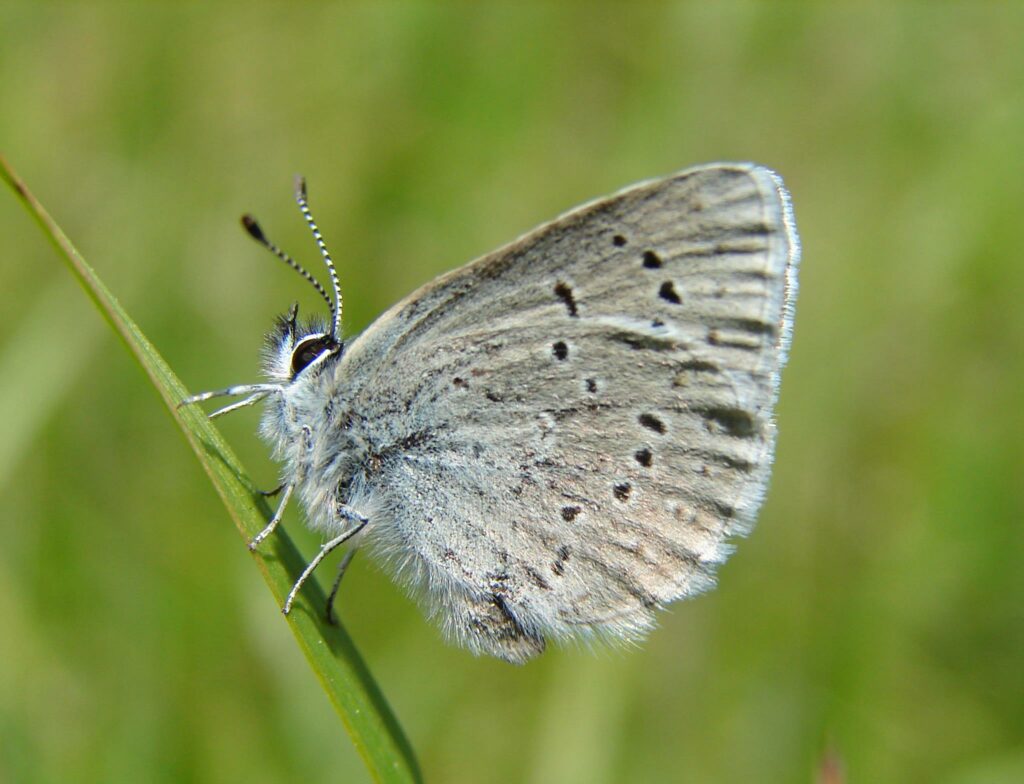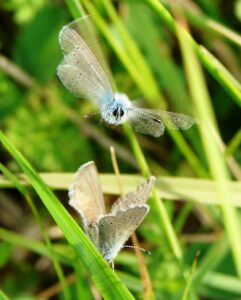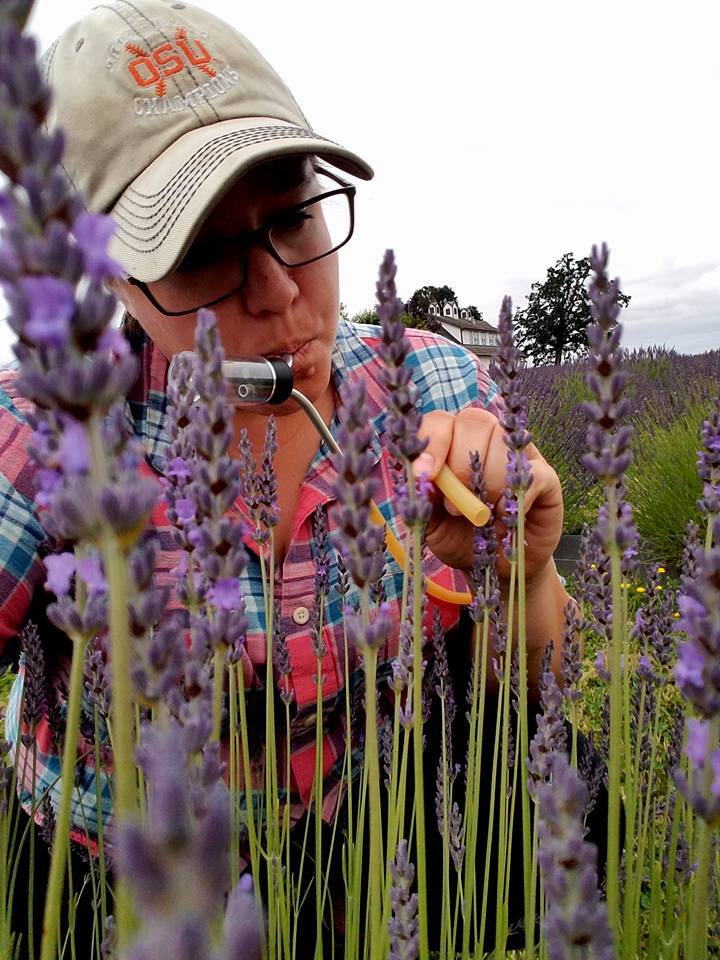Melissa Scherr
Melissa is Greek for “honey bee”, but I’m pretty sure my parents hadn’t given me the name expecting I’d take it quite so literally. Though when I’m hand-pollinating my corn in the summer to make sure I get well-fertilized, full cobs I thoroughly enjoy the irony. Even as a kid, one of my favorite hobbies was flipping over paving stones to capture worms and “rolly pollies” and other small insects in the unused canning jars in the garage… much to the horror of my parents when canning season came back around. Though I don’t think I was the only kid doing things like that, I have noticed that the Entomology community isn’t as big as it would be if all the kids grew up to become insect specialists.

Becoming an entomologist wasn’t exactly the dream I had growing up, either, and in all honesty, I didn’t even know it was a career path until college. In fact, I’d started university in the music program with a scholarship for Vocal Performance but not really knowing what I wanted for myself as a career. The biggest mistake of that career was testing into General Biology for Majors, because in my first term of classes I knew Biology was where I belonged. I finished my first year at college taking the minimum required credits to maintain my scholarship while doubling down on my biology, chemistry, and math courses. I began my second year as a biology major.
With my limited exposure to careers in science, I began exploring specialties through the courses I took at Oregon State University during my undergrad years. I took an Aquatic Entomology class that finally lit up all the ideas and passion that I felt for science, and it didn’t take long for me to decide that insects and ecology were going to be my path. I became fascinated with the interaction between insects and their environments, the way they could be used as living indicators, and tracked to understand weather patterns and the ecologies of other organisms.


From there, my desire to understand the way insects behave in response to changes in the environment evolved and I began to examine insects in changing landscapes of the Pacific Northwest: insect community aggregation in timber lands, pollinators in degraded and then restored landscapes, and channeled river systems in agricultural lands.

Working in Nursery production is very similar. In every ecosystem, the part of this job I enjoy the most is the new mystery and the strange way insects have adapted to life with humans in our tiny corner of the world. There are more questions than answers, and insects find a way to surprise and amaze me in every project – sometimes not in the best of ways, like when they disappear the same year a major grant is funded – but always in ways that make my job interesting and compelling. I plan to always be found crawling through the foliage, shaking leaves and scratching the soil, searching for tiny answers.

